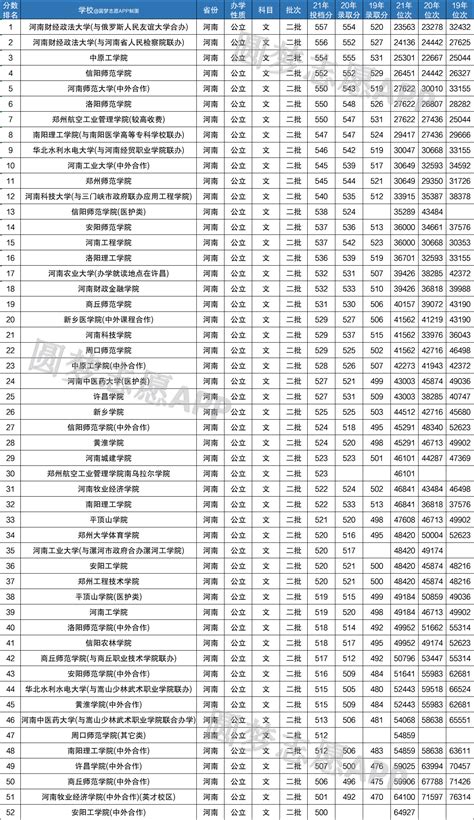文科二本考研可以考哪些学校
Title: Understanding the Upward Trends in the Cutoff Scores for Secondtier Universities' Postgraduate Programs in Humanities
In recent years, the cutoff scores for postgraduate programs in humanities at secondtier universities have shown an upward trend. This phenomenon reflects several underlying factors that influence the admission process and student competitiveness. Understanding these dynamics is crucial for prospective candidates aiming to pursue postgraduate studies in humanities and for educators and policymakers involved in shaping higher education strategies. Let's delve deeper into the reasons behind this trend and offer guidance for aspiring candidates.
1. Increased Demand for Postgraduate Education:
With the growing importance of higher education and the job market's demand for specialized skills, more students are opting for postgraduate studies to enhance their qualifications.
The rising number of undergraduate degree holders has intensified competition for limited postgraduate positions, contributing to higher cutoff scores.
2. Quality Enhancement Initiatives:
Secondtier universities are increasingly focusing on improving the quality of their postgraduate programs to attract talented students and enhance their academic reputation.
Investments in faculty development, research infrastructure, and curriculum revisions aim to offer competitive programs that align with industry needs, raising the standards for admission.
3. SupplyDemand Discrepancy:
The limited number of quality institutions offering postgraduate programs in humanities leads to a supplydemand gap.
As a result, even secondtier universities experience an influx of applications, prompting them to raise cutoff scores to select the most qualified candidates.
4. Emphasis on Research and Publications:
Postgraduate admissions committees often prioritize candidates with a strong research background and publications.
Prospective students are encouraged to engage in research activities during their undergraduate studies and publish papers in reputable journals to enhance their chances of admission.
5. Impact of Economic and Social Factors:

Economic growth and social mobility aspirations drive more individuals to pursue higher education, including postgraduate studies.
This increased demand, coupled with limited resources and faculty, influences admission criteria, leading to higher cutoff scores.
Guidance for Aspiring Candidates:
Early Preparation:
Start preparing for postgraduate entrance exams and enhancing your academic profile as early as possible.
Focus on Research:
Engage in research projects, internships, and publication opportunities to strengthen your application.
Seek Mentorship:
Connect with professors, advisors, or professionals in your field of interest for guidance and mentorship.
Diversify Skills:
Develop interdisciplinary skills and competencies to stand out in a competitive applicant pool.
Stay Informed:
Keep track of admission requirements, deadlines, and program updates for targeted preparation.In conclusion, the upward trend in cutoff scores for secondtier universities' postgraduate programs in humanities reflects the evolving landscape of higher education. Prospective candidates should be proactive in their preparation, focusing on academic excellence, research endeavors, and skill development to enhance their competitiveness in the admission process. Additionally, educators and policymakers should continue to explore strategies to bridge the gap between supply and demand in postgraduate education, ensuring equitable access to quality programs for aspiring scholars.
标签: 文科二本压线复读一年提分 二本文科考研选什么专业 文科二本可以考研吗 文科二本考研可以考哪些学校 文科二本压线
相关文章
